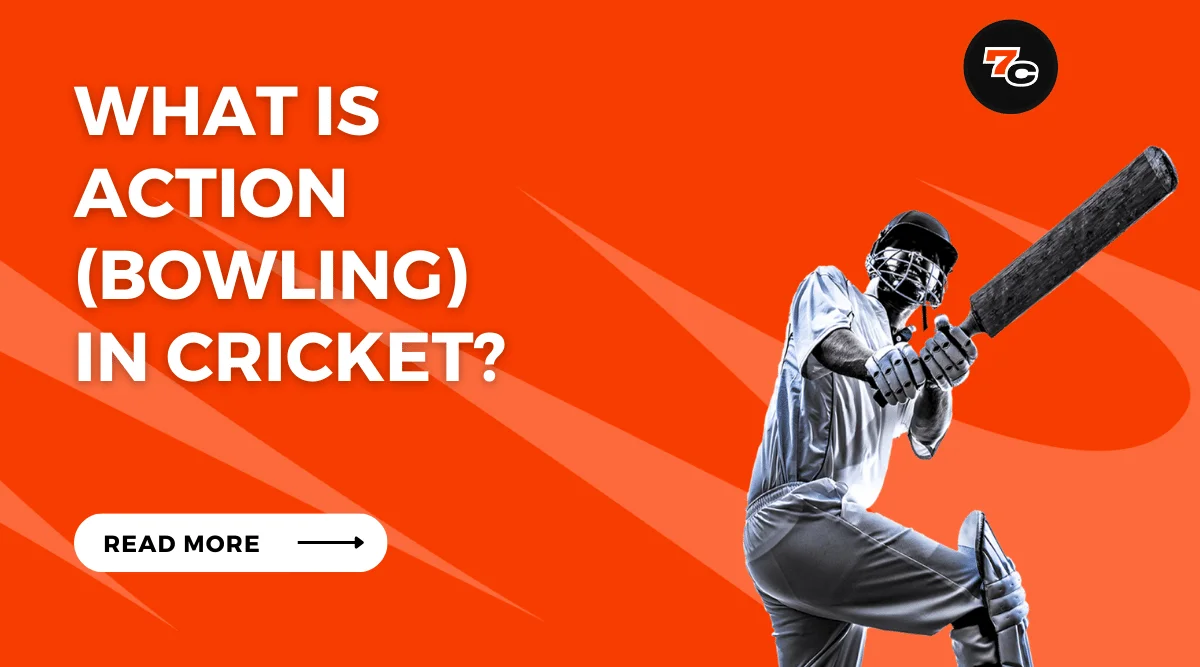In cricket, a dismissal occurs when a batsman is ruled “out” by an umpire, thereby ending the batsman’s current innings. Once dismissed, the batsman must leave the field, and a new batsman comes in to replace him.
There are several ways a batsman can be dismissed, and each has its own set of rules and conditions. Here are some common forms of dismissal:
What is Dismissal in Cricket?
In the sport of cricket, a dismissal refers to the event where a batsman is declared “out” by an umpire, marking the end of the batsman’s current innings.
Once dismissed, the batsman is required to leave the field, and a new batsman comes in to replace them.
The act of dismissing a batsman is crucial in the game as it brings the batting team one step closer to being all out, thereby shifting the momentum in favor of the bowling team.
There are multiple ways a batsman can be dismissed, each with its own set of rules and scenarios. Below are the various types of dismissals in cricket, along with examples and specific conditions.
Understanding Dismissal in Cricket
In the sport of cricket, a dismissal refers to the event where a batsman is declared “out” by an umpire, marking the end of the batsman’s current innings.
Once dismissed, the batsman is required to leave the field, and a new batsman comes in to replace them.
The act of dismissing a batsman is crucial in the game as it brings the batting team one step closer to being all out, thereby shifting the momentum in favor of the bowling team.
There are multiple ways a batsman can be dismissed, each with its own set of rules and scenarios. Below are the various types of dismissals in cricket, along with examples and specific conditions.
Bowled
In a “bowled” dismissal, the batsman is out if the ball is bowled (delivered by the bowler) and hits the stumps, causing the bails to be dislodged.
Example: If a fast bowler delivers a swinging ball that goes through the batsman’s defense and hits the stumps, the batsman is said to be “bowled.”
Caught
The batsman is declared “caught” if the ball is hit, either from the bat or the pad, and is caught by a fielder, wicketkeeper, or bowler before the ball touches the ground.
Example: If a batsman hits a lofted shot and the ball is caught by a fielder at the boundary, the batsman is “caught.
Leg Before Wicket (LBW)
A batsman is out “Leg Before Wicket” (LBW) if the ball is bowled and hits any part of the batsman’s body before hitting the bat, provided that the ball would have gone on to hit the stumps.
Example: If a spinner bowls a delivery that pitches in line with the stumps and hits the batsman’s pad before hitting the bat, and the ball would have gone on to hit the stumps, the batsman can be given out LBW.
| Condition | Requirement |
|---|---|
| Ball Pitching | In line with stumps or outside off-stump |
| Impact | In line with stumps or marginally outside line |
| Wicket’s prediction | Ball must go on to hit the stumps |
Run Out
A “run out” occurs when a batsman is attempting a run or is out of their ground, and their wicket is fairly put down by the fielding side before the batsman can safely reach the crease.
Example: If two batsmen attempt a quick single, but a fielder’s accurate throw hits the stumps before one of the batsmen can make it back to the crease, that batsman is “run out.”
Stumped
A batsman is declared “stumped” if the wicketkeeper successfully puts down the wicket while the batsman is out of their ground and not attempting a run.
Example: If a batsman steps out of the crease to play a shot, misses, and the wicketkeeper quickly dislodges the bails, the batsman is “stumped.”
Additional Types of Dismissal
- Hit Wicket: Occurs when a batsman accidentally knocks down the stumps either with the bat or body.
- Handled the Ball: If a batsman uses his hand to touch the ball without the fielder’s consent, he is out “Handled the ball.”
- Obstructing the Field: A batsman is out “Obstructing the field” if they intentionally block the fielding side by word or action.
- Timed Out: A batsman is out “Timed Out” if they take more than three minutes to face the next delivery.
Each form of dismissal has a unique set of conditions that must be met, and it’s the umpire’s responsibility to ensure that the rules are correctly applied.
What People Also Ask Dismissal in Cricket
What is meaning of dismissal in cricket?
In cricket, a dismissal refers to the event in which a batsman is declared "out" by an umpire. This marks the end of the batsman's current innings, requiring them to leave the field and be replaced by a new batsman from their team. Dismissal is a critical aspect of cricket as it brings the batting team closer to being all out, which shifts the momentum in favor of the bowling team.
How many modes of dismissal are there in cricket?
There are 11 recognized modes of dismissal in cricket. These include Bowled, Caught, Leg Before Wicket (LBW), Run Out, Stumped, Hit Wicket, Handled the Ball, Obstructing the Field, Timed Out, Retired Out, and Absent Hurt.
What are the 5 ways a batsman can be dismissed?
Five common ways a batsman can be dismissed in cricket are: Bowled: The batsman is out if the ball is bowled and hits the stumps, dislodging the bails. Caught: The batsman is out if the ball, from a shot, is caught by a fielder, wicketkeeper, or bowler before it touches the ground. Leg Before Wicket (LBW): The batsman is out LBW if the ball is bowled and hits any part of the batsman's body before hitting the bat and would go on to hit the stumps. Run Out: The batsman is out run out if, at any time while the ball is in play, they are out of their ground and their wicket is fairly put down by the fielding side. Stumped: The batsman is out stumped if the wicketkeeper puts down the wicket while the batsman is out of their ground and not attempting a run.
What is the meaning of dismissed hit wicket?
In cricket, a batsman is dismissed "hit wicket" if, after the bowler has entered the delivery stride and while the ball is in play, the batsman's wicket is put down either by the bat or by any part of the batsman's body. This can happen in various scenarios, such as: The batsman accidentally steps back onto the stumps while trying to play a shot. The batsman loses balance after playing a shot and knocks the bails off the stumps. While setting off for a run, the batsman accidentally dislodges the bails with his bat or body. In all these cases, the batsman would be declared "hit wicket" and dismissed.











